Danish artist Carsten Beck's (b. 1986, Arden) new solo show, Invisible Structures, is now open until 1st of March 2025. Beck’s art style has been highly influenced by his exposure to mid-century Scandinavian architecture and minimalism, something deeply explored when we compare images of architecture the artist has sent to RHODES with his pieces in the show.
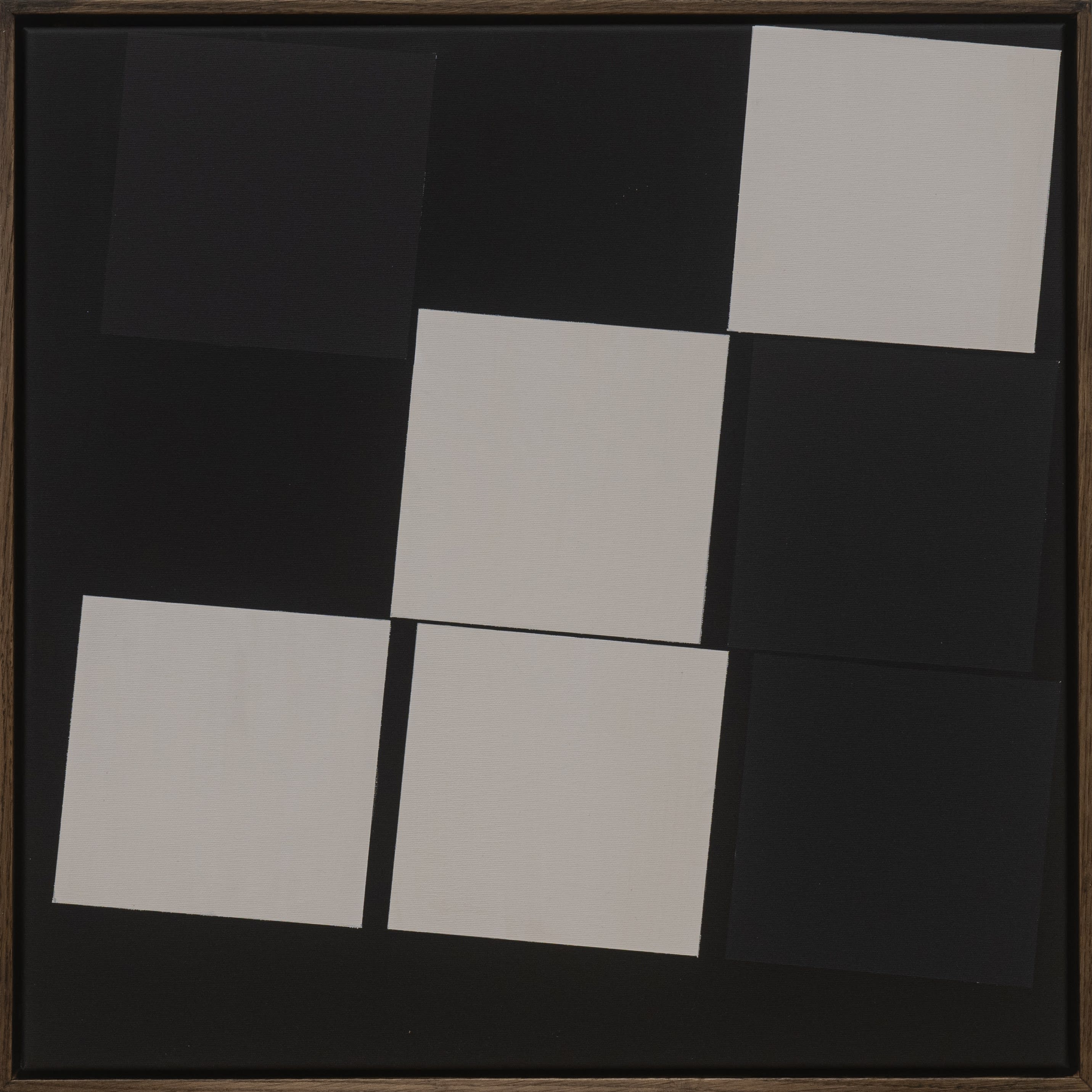
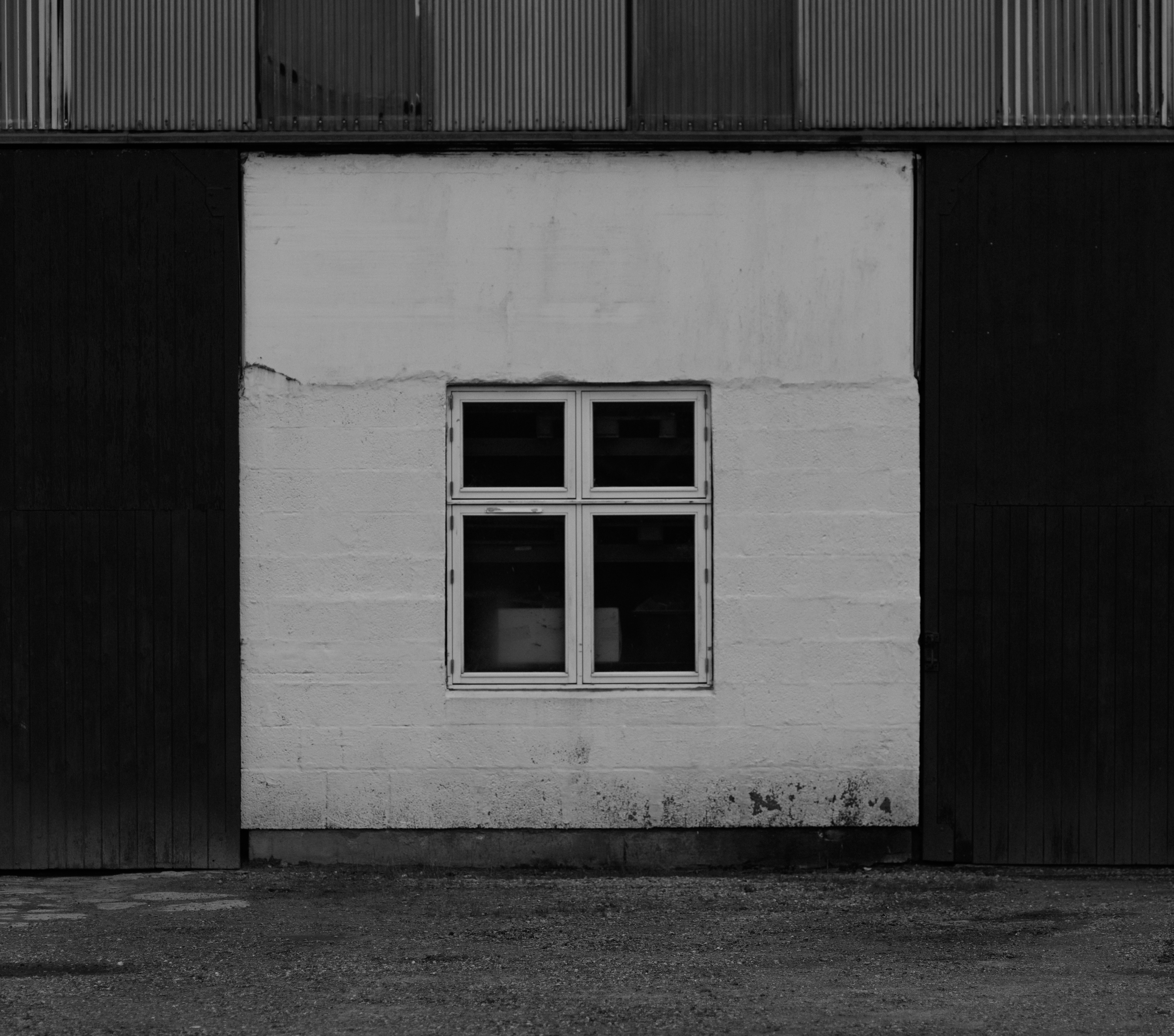
The influence of Scandinavian minimalism cannot be understated in Beck’s abstract compositions. The clean lines, geometric precision, and simple colour palette are all features of the architecture and art he grew up surrounded by. Mid-century modernism was founded on the principles of simplicity, balance, and functionality, something that is abundant in Beck’s new exhibition. The importance of these simple but essential artistic strategies lies in how they create “invisible structures” beyond their original materiality. While a structure may physically appear a certain way, it contains unseen stories and shapes that are unique to the viewer.

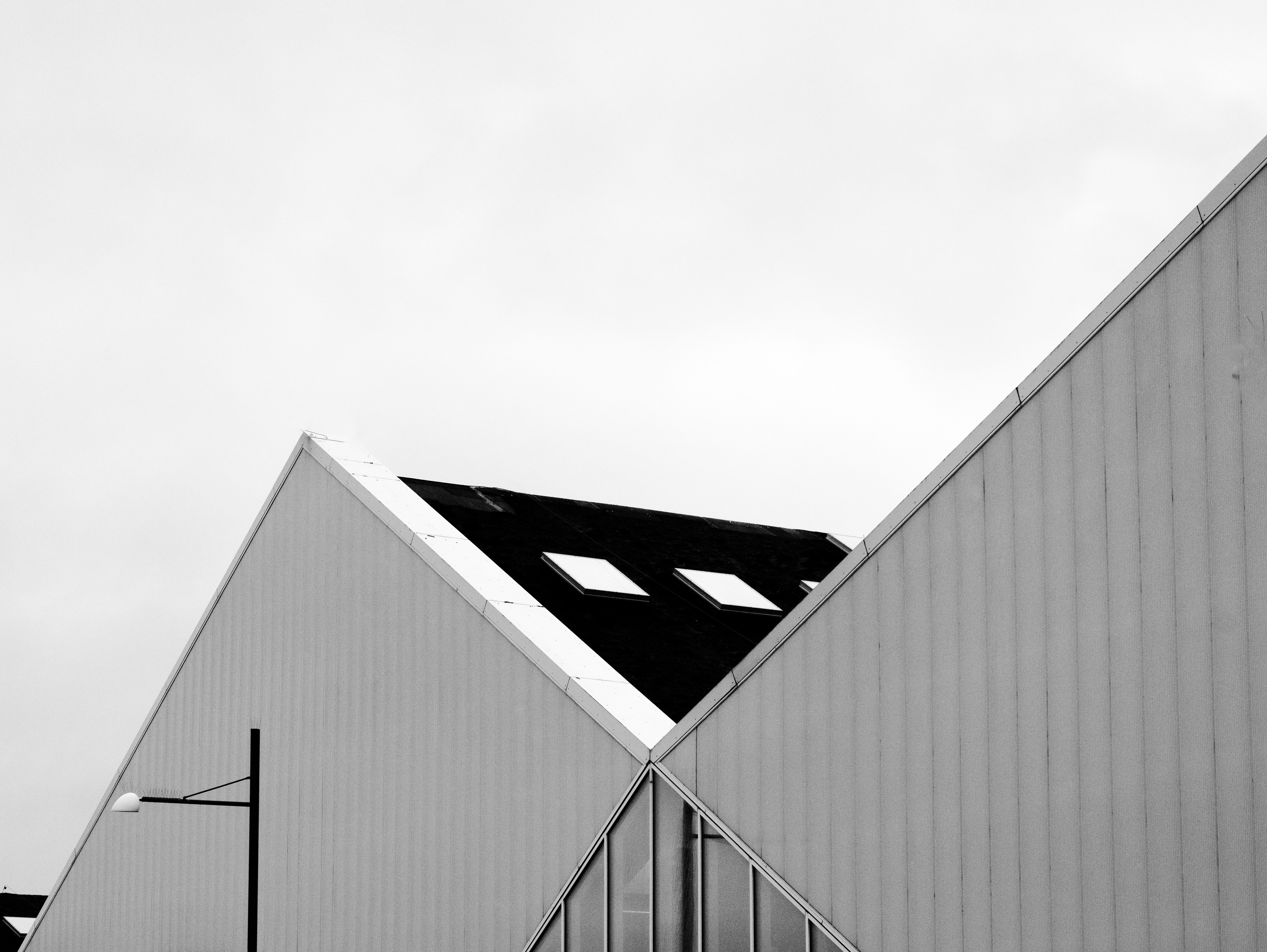
Similar to architectural design, Beck’s artworks manipulate light and shadow expertly. Despite the monochrome colour palette, his considered placement of black and white creates depth through its interaction with reality. Depending on how light or shadow falls on the canvas, his entire compositions can shift, distorting what is part of the painting and what is not. This idea of depth and space through intentionality is something he has observed in the architecture around him, especially in architectural voids and open-plan spaces. By leaving something empty, he allows the viewer to create their own “invisible structures” within that space, both enhancing its size and enriching their experience.


It is not just Beck’s background in photography that has influenced his artworks; his knowledge of graphic design also plays a role. Many of the sketches for his painted works mirror architectural blueprints, showcasing his skill in drawing as well as painting. His design background is essential to his works due to the complexity of the compositions, which are based on the balance not only between black and white but also between the shapes themselves. These sketches, the groundwork for his canvases, can themselves be seen as “invisible structures,” as they form the foundation that we never see.
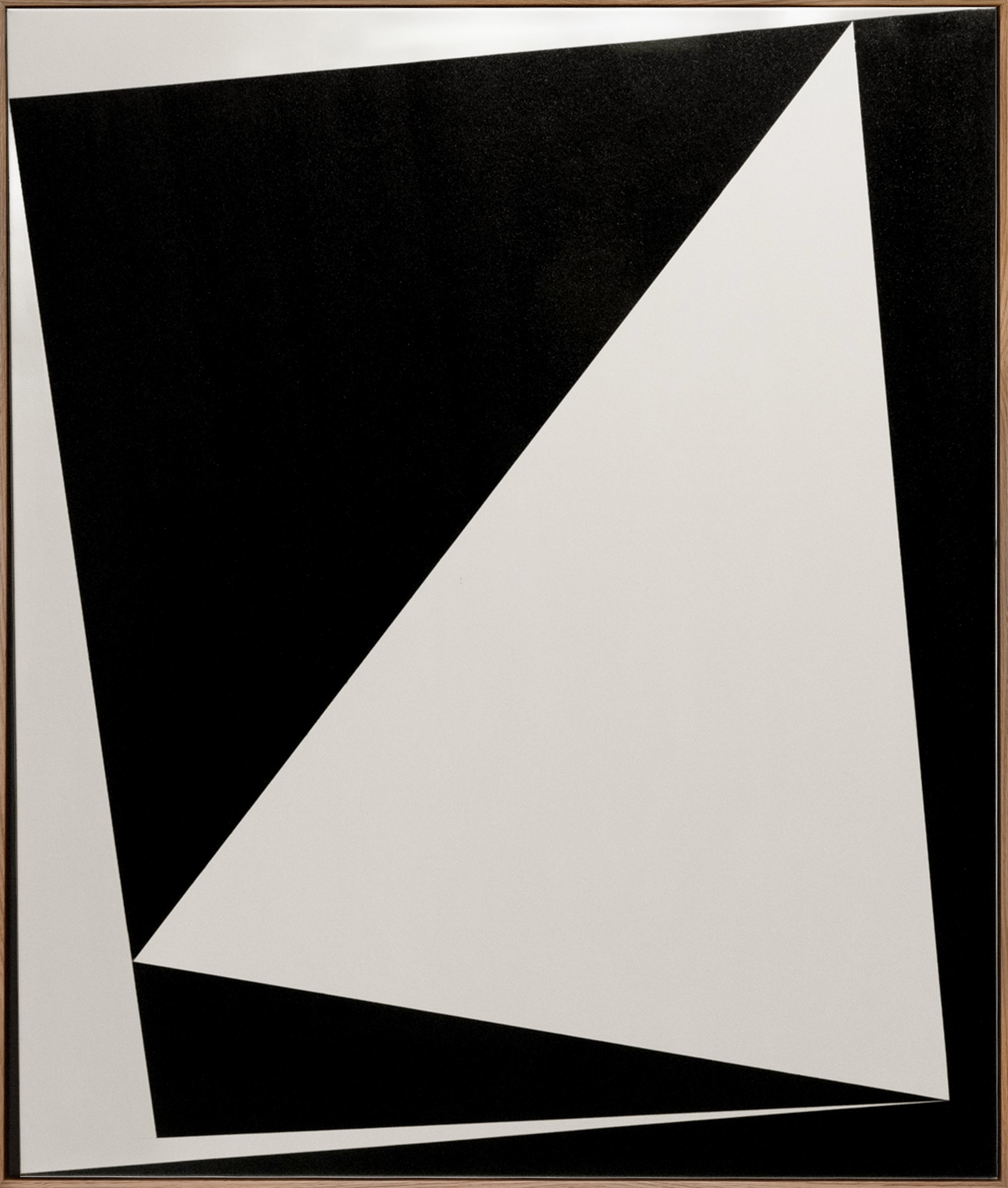
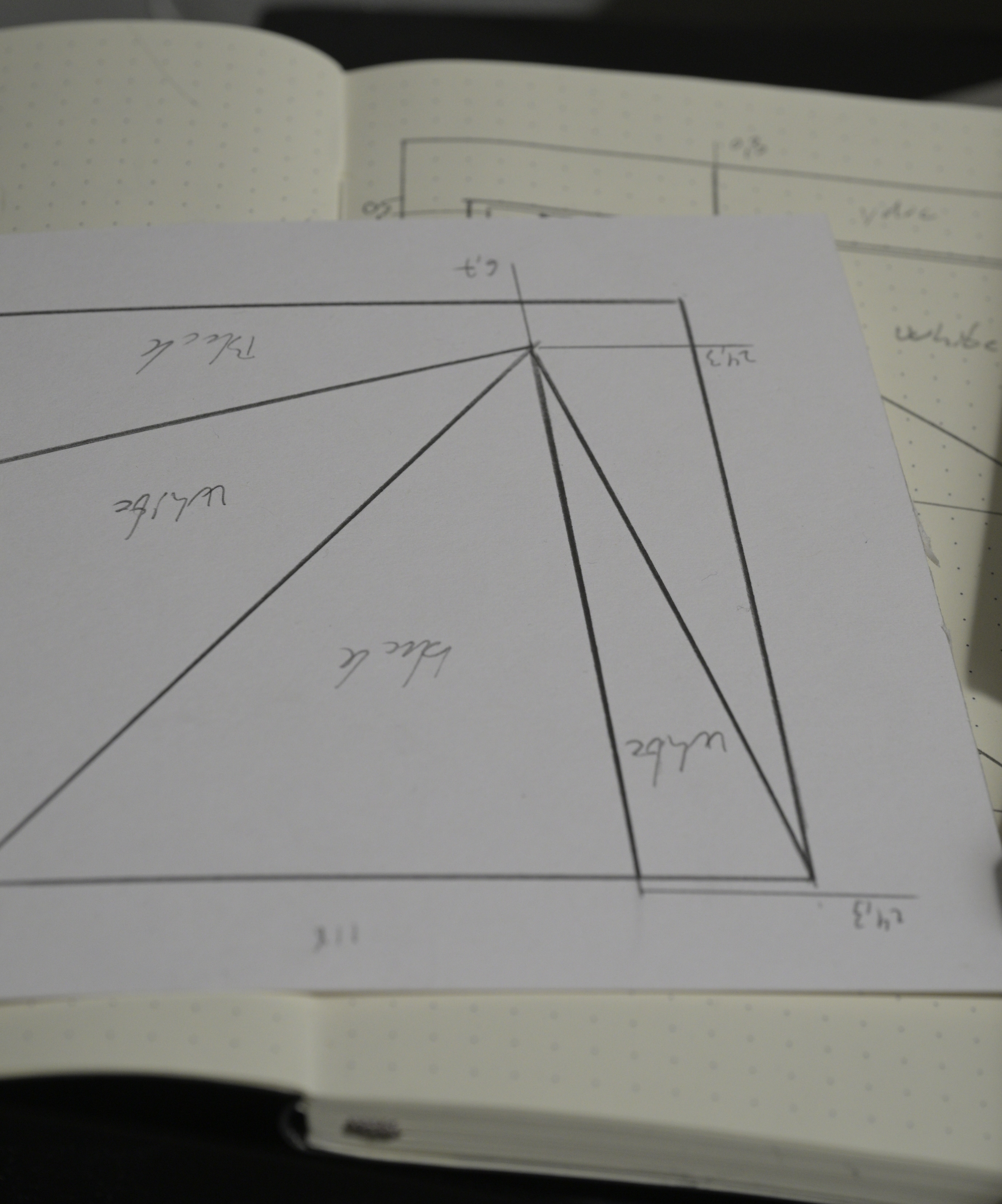
Carsten Beck’s artworks in Invisible Structures challenge us to see beyond the surface, both in art and in daily life. His personal experiences, artistic journey, and career trajectory all feature themes of simplicity, depth, and precision—elements that are clearly reflected in his works. Beck has exhibited in both solo and group shows internationally, including in Berlin, China, London, and New York.
For more information on the artworks or the artist, please email info@rhodescontemporaryart.com

